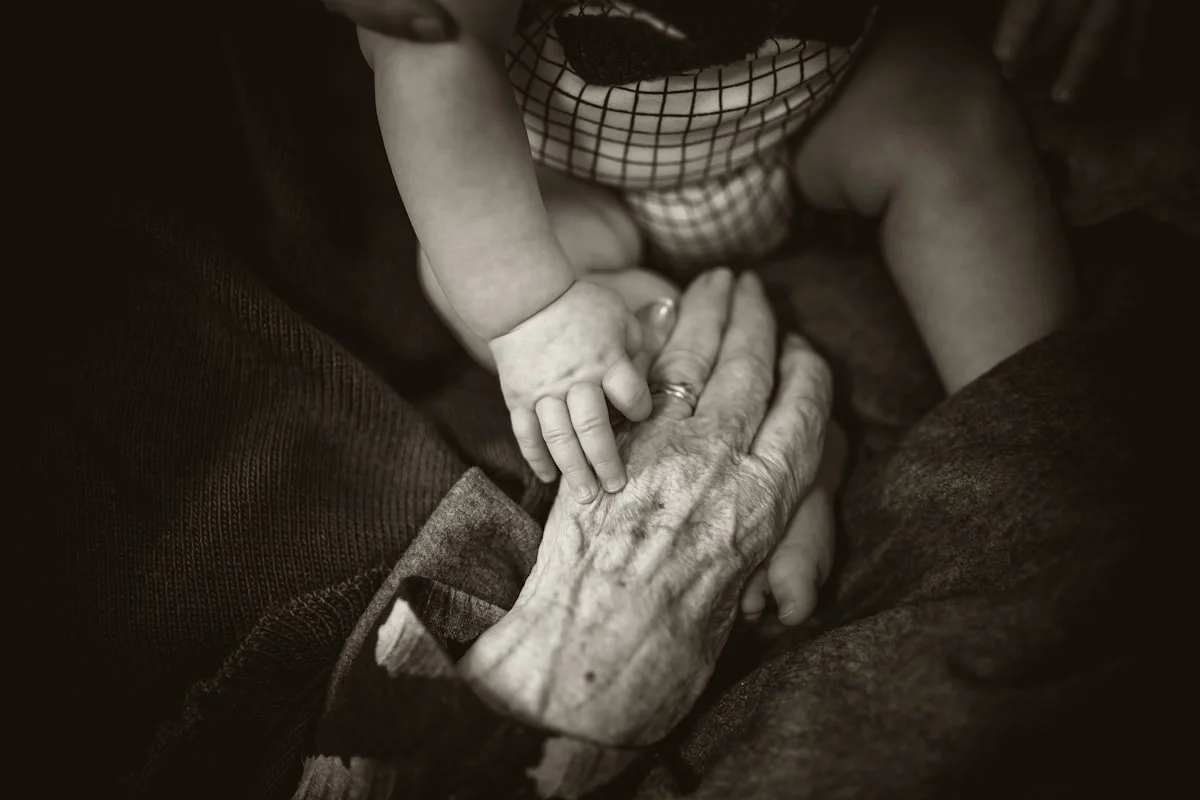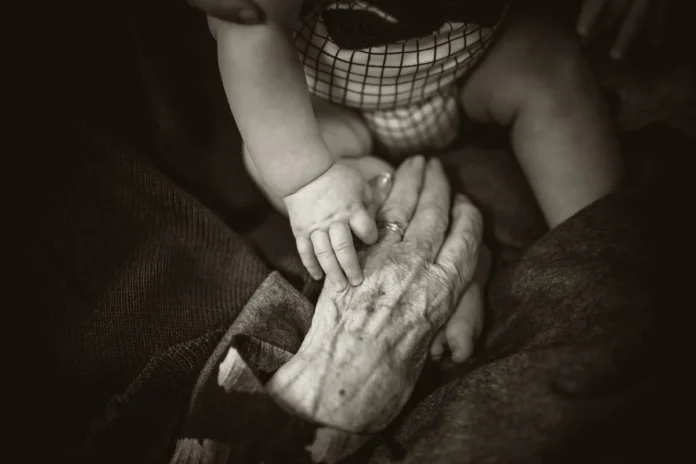Introduction
Bipolar disorder is a complex mental health condition characterized by extreme mood swings, including emotional highs (mania or hypomania) and lows (depression). Managing bipolar disorder in elderly patients presents unique challenges due to age-related changes in metabolism, potential drug interactions, and increased sensitivity to side effects. Finding the safest bipolar medication for elderly individuals requires careful consideration of these factors to ensure both efficacy and minimal risk.

As people age, their bodies process medications differently, making it essential to choose treatments that balance symptom control with safety. This blog post explores the safest medication options for elderly patients with bipolar disorder, highlighting key considerations, potential side effects, and strategies for effective management.
Understanding Bipolar Disorder in the Elderly
Bipolar disorder in older adults often differs from its presentation in younger individuals. Late-onset bipolar disorder, which first appears after age 50, may have distinct symptoms and progression. Elderly patients may experience more depressive episodes, mixed states, or rapid cycling, making accurate diagnosis and treatment more challenging.
Additionally, older adults are more likely to have comorbid medical conditions such as hypertension, diabetes, or heart disease, which can complicate medication choices. Cognitive decline and increased sensitivity to side effects further emphasize the need for cautious prescribing. Understanding these nuances is critical when selecting the safest bipolar medication for elderly patients.
Key Considerations for Medication Safety
When treating bipolar disorder in the elderly, healthcare providers must consider several factors to ensure medication safety. Metabolic changes associated with aging can alter how drugs are absorbed, distributed, metabolized, and excreted. This means that standard adult doses may be too high for older patients, increasing the risk of adverse effects.
Polypharmacy, or the use of multiple medications, is another significant concern. Many elderly patients take several prescriptions for other health conditions, raising the potential for dangerous drug interactions. Medications for bipolar disorder must be carefully evaluated to avoid negative interactions with other drugs.
Finally, older adults are more susceptible to certain side effects, such as dizziness, sedation, and movement disorders. These can increase the risk of falls, confusion, or other complications. Choosing medications with favorable safety profiles is essential to maintaining quality of life while effectively managing bipolar symptoms.
Safest Medication Options for Elderly Patients
Lithium
Lithium has been a cornerstone of bipolar disorder treatment for decades and remains a viable option for elderly patients when used cautiously. It is particularly effective for preventing manic episodes and reducing suicide risk. However, lithium requires careful monitoring in older adults due to its narrow therapeutic window and potential for toxicity.
Elderly patients typically require lower doses of lithium to achieve therapeutic effects. Regular blood tests are necessary to monitor lithium levels, kidney function, and thyroid health, as aging kidneys may excrete lithium more slowly. Side effects such as tremors, cognitive dulling, or dehydration must be closely watched, especially in patients with pre-existing kidney issues.
Lamotrigine
Lamotrigine is often considered one of the safest mood stabilizers for elderly patients with bipolar disorder, particularly for those with predominant depressive symptoms. It has a lower risk of sedation, weight gain, and metabolic disturbances compared to other medications, making it a favorable choice for older adults.
The main concern with lamotrigine is the risk of serious skin rashes, including Stevens-Johnson syndrome. To mitigate this risk, the medication must be started at a very low dose and gradually increased. Lamotrigine also has fewer drug interactions than many other bipolar medications, which is advantageous for elderly patients on multiple prescriptions.
Valproate
Valproate (divalproex sodium) is another option for elderly patients, especially those with mixed episodes or rapid cycling. It can be effective in stabilizing mood swings but requires careful dosing and monitoring in older adults. Valproate is metabolized by the liver, so regular liver function tests are recommended.
Potential side effects include weight gain, tremors, and sedation, which may be more problematic for elderly patients. Valproate can also interact with other medications, particularly blood thinners, necessitating close supervision by a healthcare provider.
Second-Generation Antipsychotics
Certain second-generation antipsychotics, such as quetiapine and lurasidone, are approved for bipolar disorder and may be used in elderly patients. These medications can help manage acute manic or depressive episodes and provide maintenance therapy. Quetiapine, in particular, is often prescribed due to its sedative properties, which can benefit elderly patients with insomnia or agitation.
However, antipsychotics carry risks such as metabolic changes, movement disorders, and increased fall risk. Elderly patients, especially those with dementia, may be more susceptible to these side effects. Therefore, these medications should be used at the lowest effective dose and for the shortest duration necessary.
Non-Pharmacological Approaches
While medication is often a key component of bipolar disorder treatment, non-pharmacological approaches can complement drug therapy and enhance overall outcomes. Psychotherapy, such as cognitive-behavioral therapy (CBT) or interpersonal therapy, can help elderly patients develop coping strategies and improve medication adherence.
Lifestyle modifications, including regular exercise, a balanced diet, and consistent sleep patterns, can also support mood stability. Social support and engagement in meaningful activities are particularly important for elderly patients, as isolation can exacerbate symptoms of bipolar disorder.
Monitoring and Follow-Up
Regular monitoring is crucial for elderly patients taking bipolar medications. Healthcare providers should schedule frequent follow-ups to assess treatment efficacy, side effects, and any emerging health concerns. Blood tests, cognitive assessments, and reviews of other medications should be part of routine care.
Family members or caregivers can play a vital role in observing changes in mood, behavior, or physical health and reporting them to the healthcare team. Open communication between patients, caregivers, and providers ensures that treatment remains safe and effective over time.
Conclusion
Selecting the safest bipolar medication for elderly patients requires a thoughtful, individualized approach. Medications like lithium, lamotrigine, valproate, and certain antipsychotics can be effective but must be used with caution due to age-related sensitivities and potential interactions. Regular monitoring, combined with non-pharmacological strategies, can help achieve optimal outcomes while minimizing risks.
If you or a loved one is navigating bipolar disorder in later life, consult a healthcare provider experienced in geriatric mental health. With the right treatment plan, elderly patients can manage their symptoms effectively and maintain a high quality of life.



